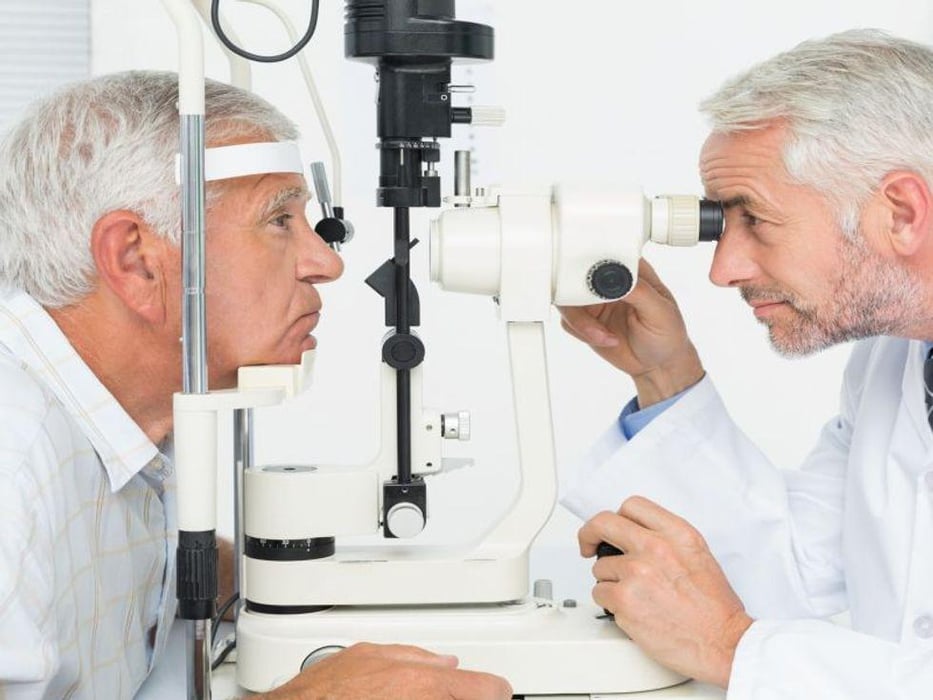Worried About Cataracts? Here’s What You Need to Know

WEDNESDAY, May 31, 2023 (HealthDay News) -- Cataracts are the leading cause of blindness around the world, but surgery can restore vision.
“Unlike many of the other major eye diseases, such as glaucoma or diabetes-related eye disease, cataracts can be easily and painlessly treated by surgery to remove and replace the eye’s lens, restoring sight for most patients,” said Jeff Todd, president and CEO of the nonprofit organization Prevent Blindness.
“We urge patients to work with their eye doctor to understand their diagnosis and the best available treatment options,” Todd said in a news release from the organization.
Here what else you should know about the common condition:
More than half of all Americans will have a cataract, a clouding of the eye’s lens that blocks or changes the passage of light into the eye, by the time they reach age 80, according to the organization.
Some patients have no early symptoms. The U.S. National Eye Institute says that people developing cataracts may notice cloudy or blurry vision, colors that look faded and difficulty seeing at night.
They may also see a halo around lights, have frequent changes to their eyeglass prescription or find that lamps, sunlight or headlights appear too bright.
Some may also see double, an issue that can go away as the cataract becomes larger.
About 4 million cataract surgeries take place each year in the United States, according to the American Academy of Ophthalmology. More information on this treatment is available at PreventBlindness.org/cataract-surgery, and its printable “Guide to Cataract Surgery” fact sheet.
In a cataract surgery, the eye surgeon may remove the lens with the cataract and replace it with an intraocular lens (IOL). The eye surgeon implants the new lens in about the same place as the natural lens, according to Prevent Blindness. This results in the most natural vision.
Different types of lenses are available:
- A monofocal IOL, which is most commonly used, corrects for distance vision. Patients will likely still use glasses for close vision.
- Another option is a multifocal IOL, which provides both distance and near correction at the same time.
- An accommodative IOL can move or change shape inside the eye, allowing correct vision at different distances.
- A toric IOL corrects vision for people who have astigmatism.
More information
The U.S. National Eye Institute has more on cataracts.
SOURCE: Prevent Blindness, news release, May 30, 2023
Related Posts
Young Have Greatest Burden of Distant Colorectal Adenocarcinoma
THURSDAY, Jan. 27, 2022 (HealthDay News) -- The youngest adults have the...
¿Qué anestesia funciona mejor para la cirugía de fractura de la cadera?
LUNES, 20 de junio de 2022 (HealthDay News) -- Los pacientes que reciben...
Risk of A-Fib Up With Occupational Exposure for Firefighters
WEDNESDAY, March 23, 2022 (HealthDay News) -- For firefighters, a higher number...
Study Spots People at High Risk of Severe Breakthrough COVID
MONDAY, Sept. 20, 2021 (HealthDay News) -- A study of millions of people...
